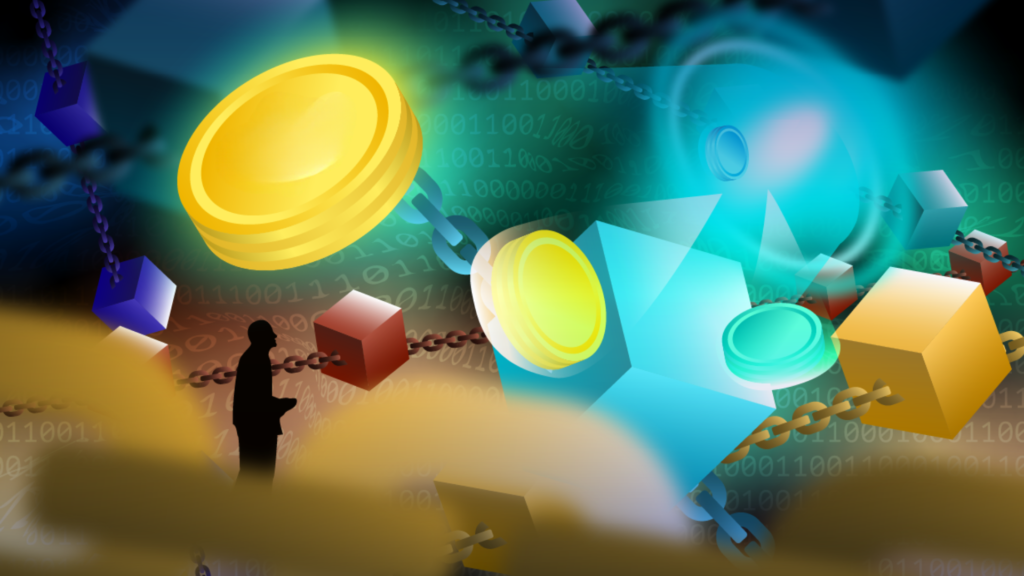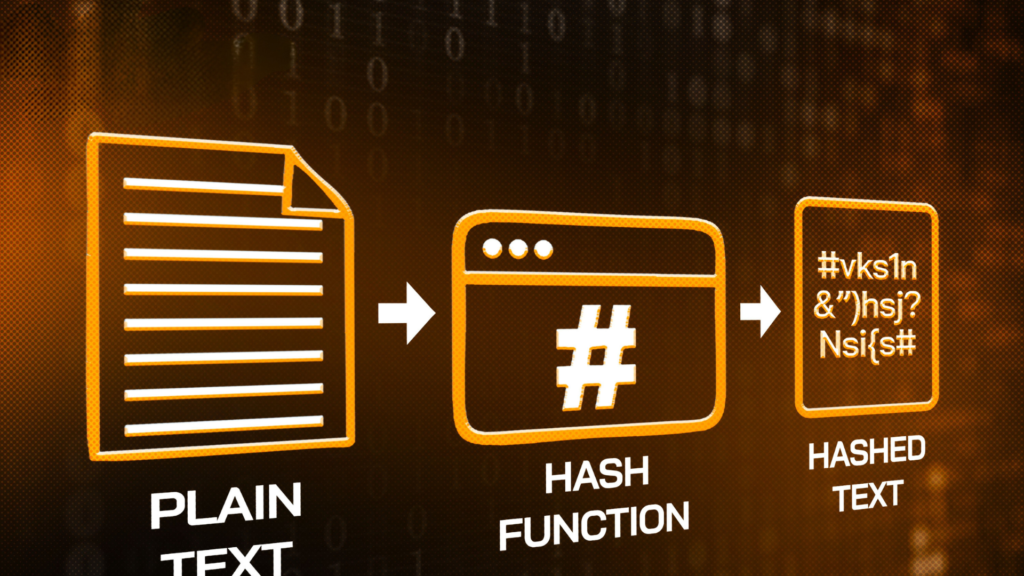Social Media is not only an entertainment tool but also an important platform to help people connect, communicate and create value in many different fields. How will these platforms be different when developing in the Crypto market?

What is Decentralized Social Media (DSM)?
Decentralized Social Media (DSM) refers to social media platforms built on decentralized infrastructure. They aim to replace or improve upon traditional social media platforms (like Facebook, X) by using blockchain or peer-to-peer networks. DSM primarily focuses on media content, data control, and reducing reliance on a central authority.
If YouTube and Spotify profit from advertising and only share a small portion of revenue with creators, DSM is like an independent artists’ market, where creators sell their work directly to their audience without intermediaries.
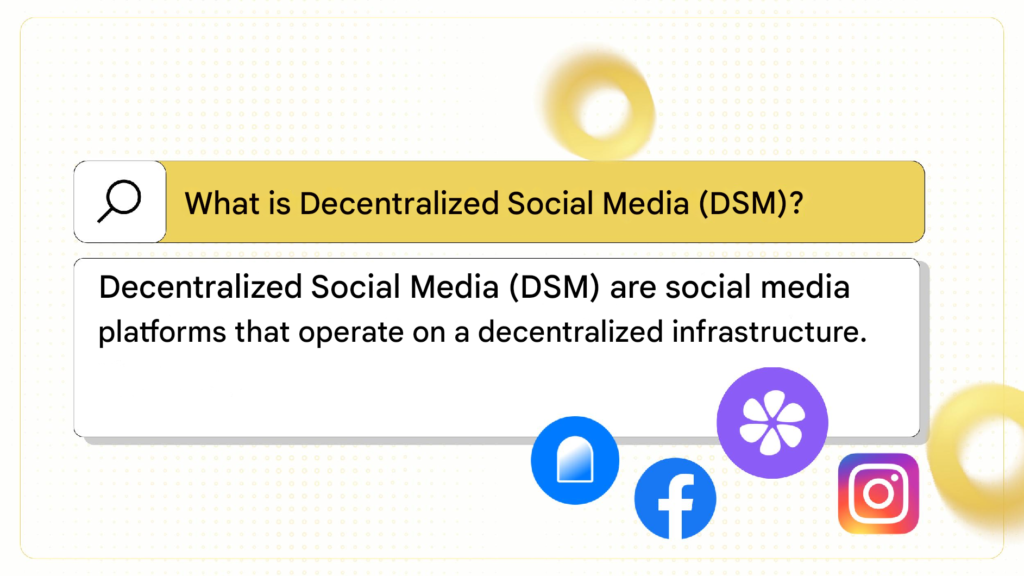
Decentralized Social Networks and Decentralized Social Media: Blurred Lines
In the crypto market, decentralized projects often defy rigid categorization. Many projects can meet the criteria of both Decentralized Social Networks (DeSoc) and Decentralized Social Media (DSM). This stems from the fact that these two concepts share many common characteristics, such as decentralization, user ownership, and data security.
However, at their core, they have fundamental differences that users and investors need to grasp to understand their distinct roles. DSM focuses on content and revenue generation, while DeSoc addresses the issue of control over social graphs (social networks).
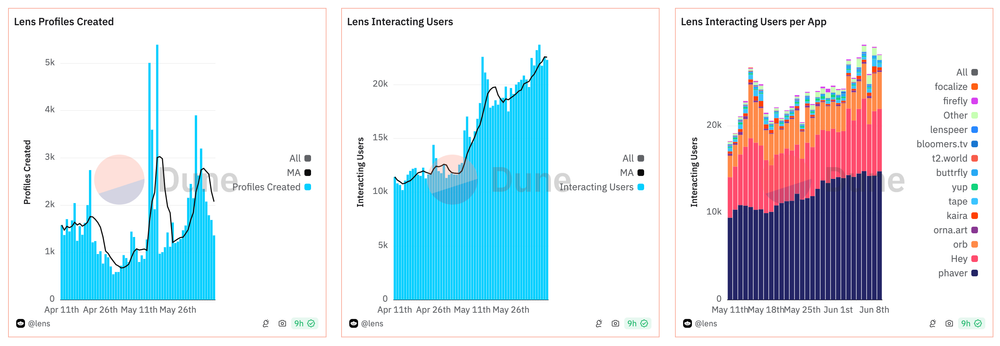
In 2023, Lens Protocol boasted over 200,000 active accounts, with most users leveraging its DSM features to monetize their content creation and its DeSoc features to maintain cross-application social connections within the Polygon ecosystem.
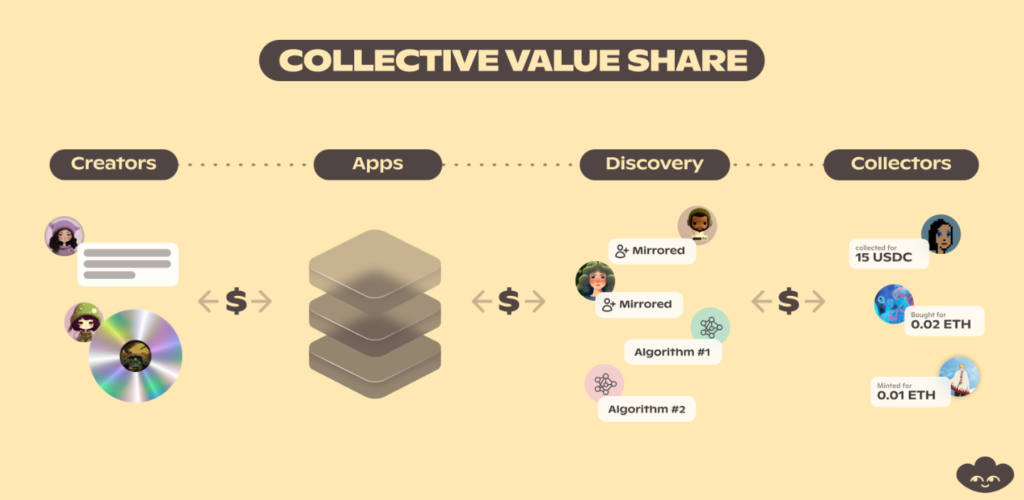
This shows that:
- No need for rigid distinctions: A project like Lens Protocol can serve both purposes without a clear demarcation between DSM and DeSoc.
- Market flexibility: Projects often expand their scope to meet diverse user needs and broaden development opportunities within the decentralized ecosystem.
Despite this inevitable intersection, understanding the nature of DeSoc and DSM helps users and investors identify the core goals and values of a project.
DSM (Decentralized Social Media): Content Creation and Monetization
DSM focuses primarily on media content, providing an environment for users to create, share, and monetize the content they generate. Instead of centralized platforms earning most of the profits from advertising (like YouTube or Facebook), DSM gives creators complete control.
Users don’t rely on advertising models but earn directly from their content through tools like tokenization (NFTs), staking, or token rewards.
Mirror.xyz is a DSM platform for content creators, especially bloggers and projects publishing long-form content. Unlike traditional blogging platforms like Medium, Mirror allows users to:
- Turn articles into NFTs, thereby expanding the ability to monetize directly from readers.
- Crowdfund through articles by incorporating tokenization features.
Mirror has recorded over 50,000 NFTized articles from 2021 to 2023, with many successful fundraising campaigns totaling over 5 million USD in value (according to data from Mirror Analytics).
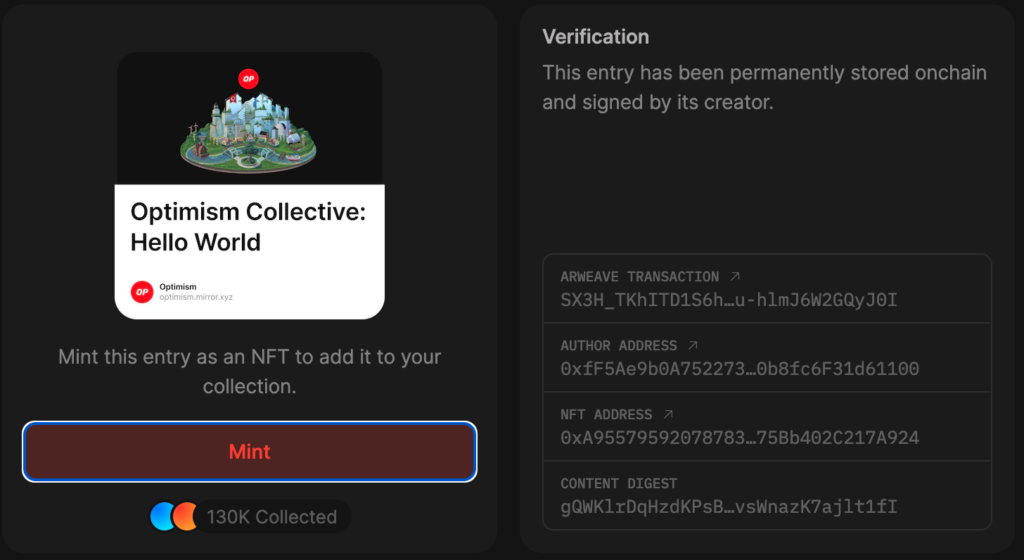
DeSoc (Decentralized Social Networks): Control and Portability of Social Connections
DeSoc focuses on the social graph, ensuring that users have full control over their network of friends, followers, and online relationships. Instead of being limited by a centralized platform, users can move their social network to any other platform within the same ecosystem.
- Ownership of social graph: Users fully own their list of friends, followers, and interactions, instead of being controlled by a central company.
- Reduced dependence on a single platform: DeSoc helps users avoid losing their entire social network if their account is locked on one platform.
Read more: Decentralized Social Media (DeSoc) – When users own their social graph.
Practical Benefits of Decentralized Social Media (DSM)
Direct content monetization
DSM focuses on helping content creators monetize directly from their posts, videos, or interactions on the platform.
On Steemit, users receive STEEM token rewards when their content is upvoted. According to the official report from Steemit, as of Q3 2023, the platform has paid an average of 850,000 USD per month to content creators.
Actual data from Polygon Explorer shows that over 20,000 content NFTs have been created and traded on Lens Protocol from 2022 to 2023. The total trading volume has reached over 2 million USD, demonstrating the potential for content monetization.

Content Security
DSM focuses on storing and distributing content via blockchain, reducing the risk of data leaks or loss. This is especially useful for creators who need to store sensitive content or information requiring a high level of security.
A 2023 study by Chainalysis found that 40% of content copyright infringement occurs on centralized platforms like YouTube or Facebook. In contrast, DSM platforms using blockchain minimize the possibility of content modification or theft as data is encrypted and publicly recorded.
Freedom of Speech in Media
DSM is not subject to censorship by a central authority. This allows users to freely express their opinions without fear of content removal. While DSM lacks a central governing body, some DSM platforms still implement moderation through community rules or independent nodes.
Mastodon saw an increase from 300,000 to 4 million users in 2023, particularly after controversies surrounding censorship on X.
Users who want complete control over their social connections and participate in self-governing communities can experiment with DeSoc. For example, they can use Lens Protocol to create an account and migrate their social graph between applications within the Polygon ecosystem.
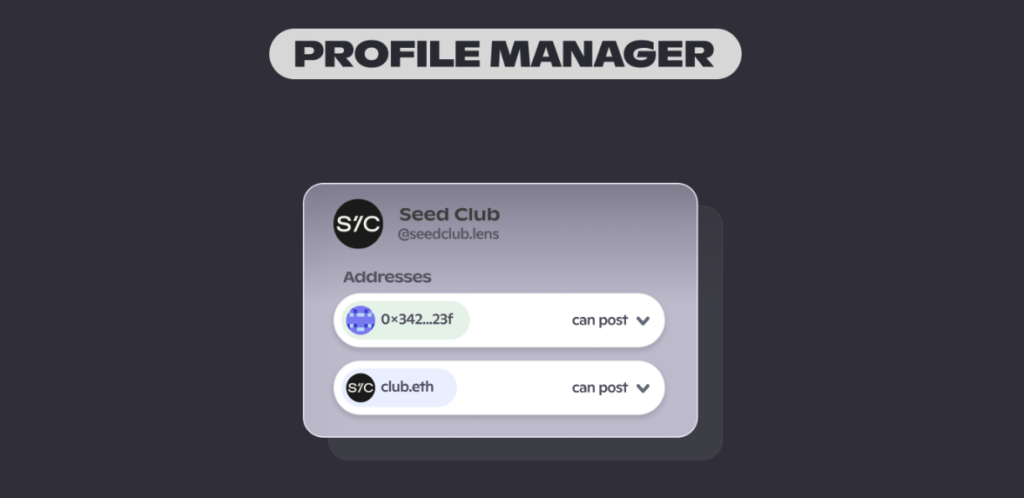
Decentralized Storage in Decentralized Social Media
To address the challenges associated with data storage, Decentralized Social Media platforms have adopted decentralized storage technology, with Arweave being one of the most prominent solutions.
Instead of relying on central servers that are vulnerable to attacks or failures, Arweave utilizes a blockweave mechanism – a network of decentralized nodes that store data securely and sustainably. This technology not only ensures that data is stored permanently but also minimizes the risk of loss due to technical issues or cyberattacks.
A prime example is Mirror.xyz, which integrates with Arweave to store user articles, ensuring that published content cannot be deleted or edited without authorization. Notably, the storage cost on Arweave is very low – averaging only around 0.01 USD per article, helping maintain financial sustainability for DSM platforms.
Arweave’s effectiveness is clearly demonstrated through its metrics. In July 2023, Sam Williams, the founder of Arweave, announced that the amount of data stored on the network had exceeded 1 billion units. By March 2024, the protocol had processed a total of over 4 billion transactions, just 33 days after reaching the 3 billion transaction milestone.
Furthermore, with its mechanism of distributing data across thousands of nodes, Arweave ensures data persistence even if some nodes fail. This is a significant advantage over traditional centralized server systems, which are vulnerable to technical issues or targeted attacks.
Decentralized storage not only helps DSM protect data but also opens up a more transparent and secure future for both users and content creators.
Learn more: What is Decentralized Storage? The home of Crypto data.
